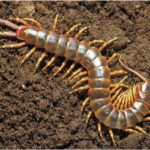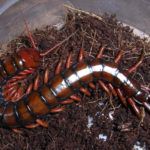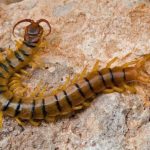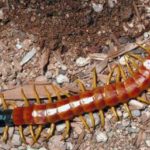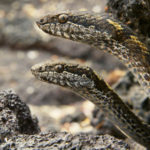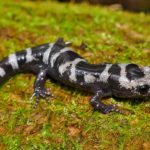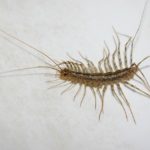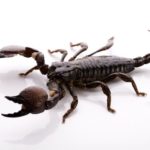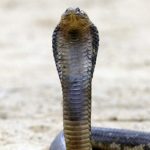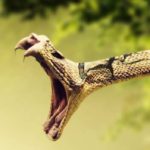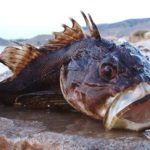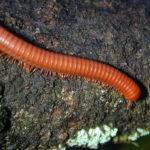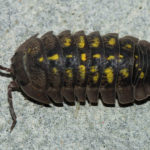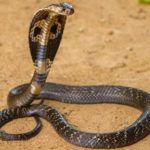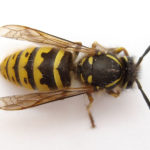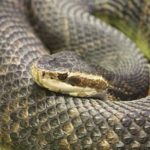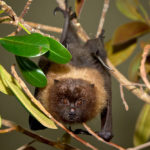Centipedes
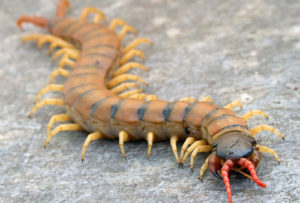 The centipede is not the most harmful creature that lives next to a person, but certainly – one of the most ugly and frightening! They are afraid for much: high speed, strange appearance and the opportunity to be bitten. Therefore, it is not uncommon for the struggle with centipedes to turn people into a real hell. We will destroy all the myths about them based on strictly scientific and verified data.
The centipede is not the most harmful creature that lives next to a person, but certainly – one of the most ugly and frightening! They are afraid for much: high speed, strange appearance and the opportunity to be bitten. Therefore, it is not uncommon for the struggle with centipedes to turn people into a real hell. We will destroy all the myths about them based on strictly scientific and verified data.
First we will answer the most popular questions about how the centipedes look and where they live. And then find out if they bite and are poisonous. And also what to do if you are bitten by a centipede. But first, let’s get to know these abominable creatures.
We are surrounded by many kinds of these vile centipedes. Among them there are familiar family centipedes, and quite dangerous monsters like scolopendra. Imagine you are lying in a foamy bath with a glass of wine, and suddenly in front of you this monstrous monster appears from nowhere !
We think that each of us has ever seen a centipede in his life. At first people panic, start shouting and run away in horror. In the head, the same questions start to appear: “Who is this? How can I get rid of it? Will it bite me?”. A little later, more logical and serious questions appear in my head. We have prepared answers for you that will close all the “dark spots” on the topic of fighting these creatures.
Immediately say that attribution to insects can not be: from the scientific point of view, centipedes and insects belong to the same type (arthropods), but at this stage and diverge. The centipedes form a supernumerary of the same name, belonging to the subtype of Trachea. Most often they can be found in dark and damp places in the open air. For example, in a pile of foliage, under a tree bark or stone, on beds and in mulch.
It is not difficult to learn these aliens. They creep only at night or in total darkness. The bodies of the centipedes are extremely mobile and clearly segmented: each segment has a pair of legs. And as you approach the tail, the length of the legs increases. Why – you ask? This allows the creature not to stumble on itself and move quickly. On their head they have two poisonous claws, which people often take for jaws. Certain variations are possible with the color of the body: it is usually gray with the addition of red, brown or pink. But sometimes you can see the yellow stripes.
